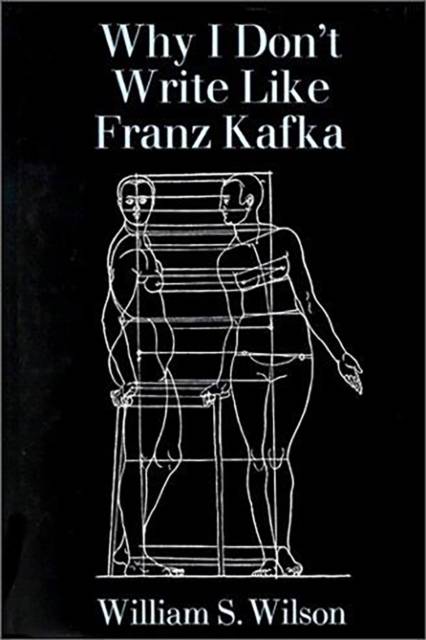
- Afhalen na 1 uur in een winkel met voorraad
- Gratis thuislevering in België vanaf € 30
- Ruim aanbod met 7 miljoen producten
- Afhalen na 1 uur in een winkel met voorraad
- Gratis thuislevering in België vanaf € 30
- Ruim aanbod met 7 miljoen producten
Zoeken
Omschrijving
In a 1978 New York Times book review, Kenneth Baker described Why I Don't Write Like Franz Kafka as: "...the most powerful New American fiction I have encountered in years. A demanding, exhilarating work." Nearly 25 years later, FC2 is proud to reissue this classic collection of short fiction by William S. Wilson that seems even more relevant today. It touches on controversies over the role of science in our lives and deals with cosmetic surgery and the medical uses of human embryos, heart transplants, and regenerated genitalia. And that's only the beginning. The story "Metier: Why I Don't Write Like Franz Kafka," implies that Kafka responded in his fiction to questions that no longer need to be asked in fiction. The epistolary story, "Conveyance: The Story I Wouldn't Want Bill Wilson to Read," is an intimate letter from a woman who had wanted to write fiction and who now challenges Wilson's reaction to her report of a tragedy. "Interim" chronicles the imaginary reforestation of Scotland and "Anthropology" turns on the actual moment in Structuralism when Claude Levi-Strauss relocates the ear to the back of the head in order to interpret a myth. Written with cool precision and a subtle touch, these meditations and metafictions will continue to reverberate for decades to come.
Specificaties
Betrokkenen
- Auteur(s):
- Uitgeverij:
Inhoud
- Aantal bladzijden:
- 144
- Taal:
- Engels
Eigenschappen
- Productcode (EAN):
- 9781573661010
- Verschijningsdatum:
- 27/08/2002
- Uitvoering:
- Paperback
- Formaat:
- Trade paperback (VS)
- Afmetingen:
- 160 mm x 231 mm
- Gewicht:
- 222 g

Alleen bij Standaard Boekhandel
+ 29 punten op je klantenkaart van Standaard Boekhandel
Beoordelingen
We publiceren alleen reviews die voldoen aan de voorwaarden voor reviews. Bekijk onze voorwaarden voor reviews.








